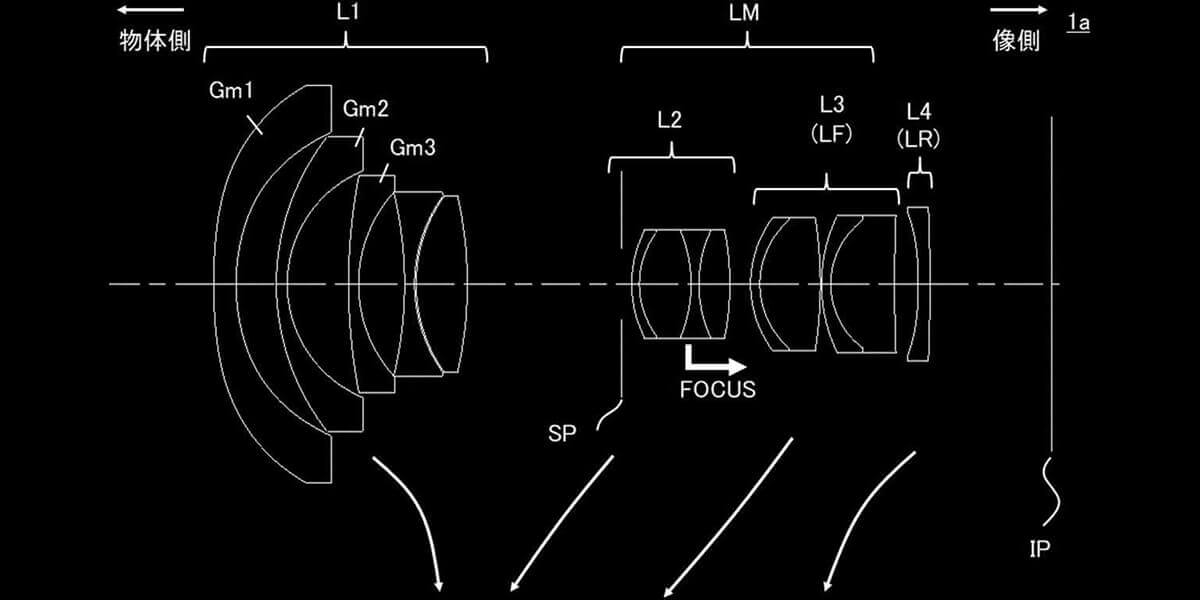L
Loswr
Guest
To you, perhaps. On an R/RP/R8, 5-stop IS means a 3 s exposure at the wide end. On a body with IBIS, it’s a 6 s exposure. That means, for example, silky waterfalls without a tripod.IS on a 10mm lens, it’s just a gimmick.
The IS is utterly pointless,
As someone who has shot waterfalls in winter standing on a few meters of powder with a tripod set up on the snowshoes that I was wearing…it doesn’t sound like a gimmick.
Upvote
0

